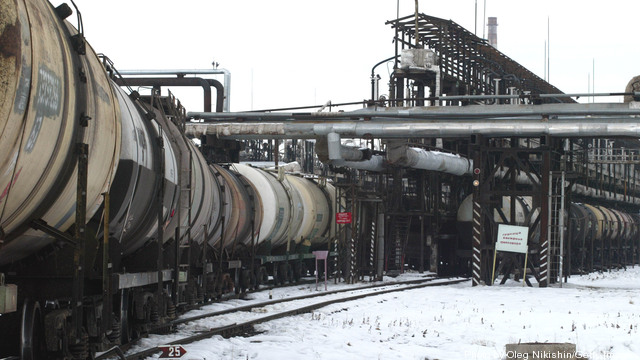
If you trade an energy product over the counter rather than on an exchange, you probably need to get yourself a CICI number by Wednesday (April 10). That’s the deadline the Commodity Futures Trading Commission has set up for firms that haven’t been exempted from reporting information on their “swaps” activity to the government as part of the lengthy and complex implementation of the Dodd Frank financial sector reform.
Because the government just loves a good acronym, CICI stands for “CTFC Interim Compliant Identifier” that results in an “LEI” or a “legal entity identifier” for the purposed of reporting details of energy swaps trade and counterparties. The CFTC, concerned that some would miss the deadline, issued an advisory with much more information here. Keep reading →









